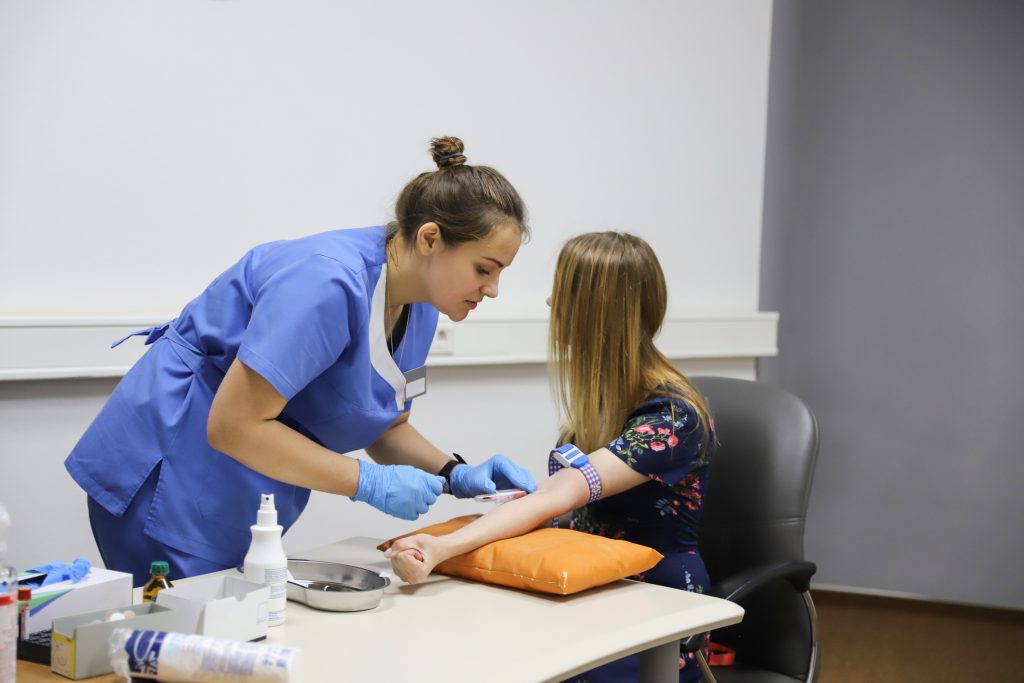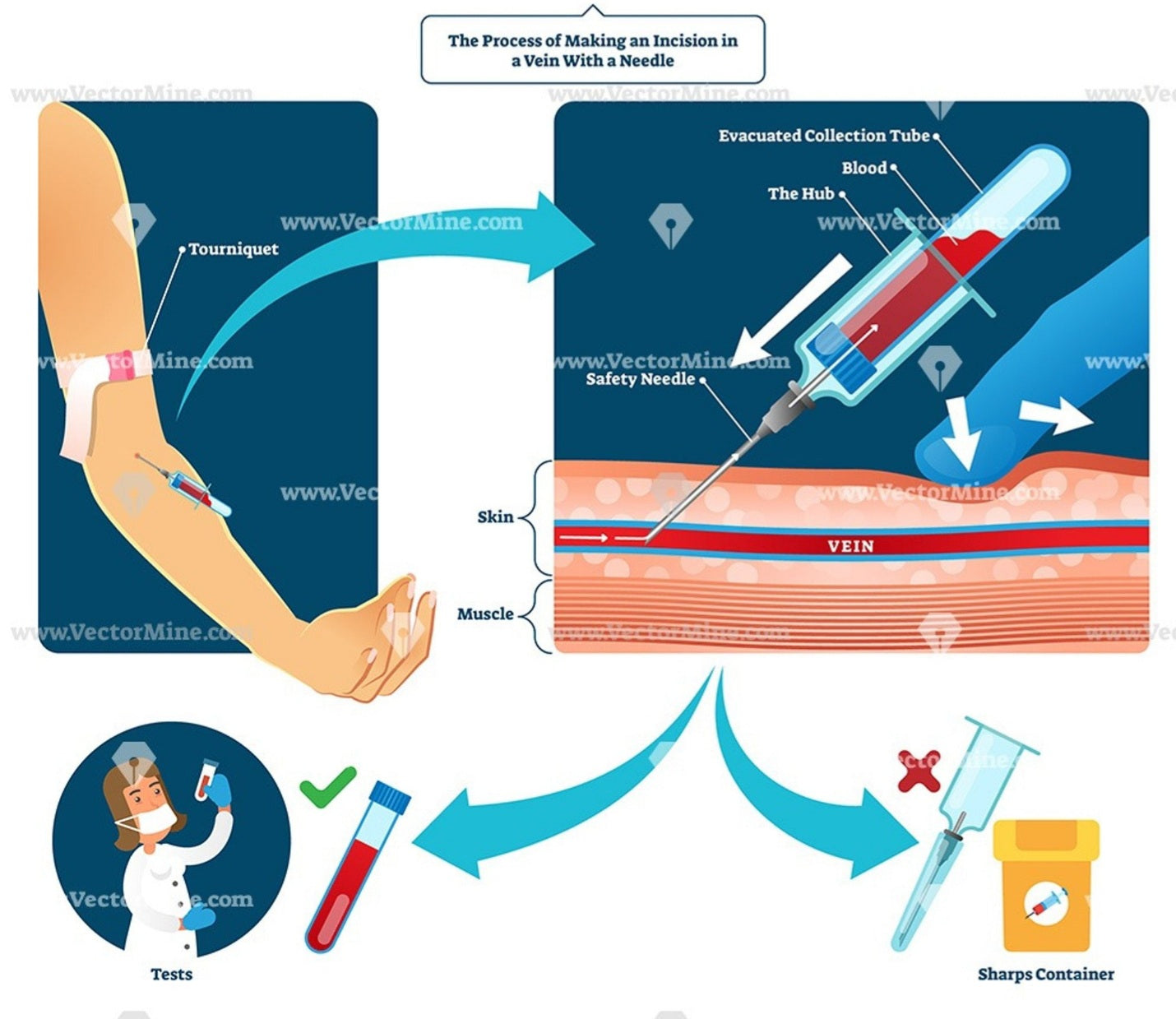Northeast Medical Institute - New Haven Campus Phlebotomy Course & Cna Class - The Facts
Northeast Medical Institute - New Haven Campus Phlebotomy Course & Cna Class - The Facts
Blog Article
Some Ideas on Northeast Medical Institute - New Haven Campus Phlebotomy Course & Cna Class You Need To Know
Table of ContentsThe Facts About Northeast Medical Institute - New Haven Campus Phlebotomy Course & Cna Class UncoveredThe Facts About Northeast Medical Institute - New Haven Campus Phlebotomy Course & Cna Class UncoveredNortheast Medical Institute - New Haven Campus Phlebotomy Course & Cna Class Fundamentals ExplainedGet This Report about Northeast Medical Institute - New Haven Campus Phlebotomy Course & Cna ClassSome Known Details About Northeast Medical Institute - New Haven Campus Phlebotomy Course & Cna Class How Northeast Medical Institute - New Haven Campus Phlebotomy Course & Cna Class can Save You Time, Stress, and Money.
The use of such devices should be accompanied by other infection prevention and control techniques, and training in their use. Not all safety gadgets are suitable to phlebotomy. Before picking a safety-engineered tool, users should thoroughly explore offered devices to establish their suitable usage, compatibility with existing phlebotomy methods, and efficacy in securing team and individuals (12, 33).For setups with low resources, cost is a driving element in purchase of safety-engineered devices. Where safety-engineered devices are not readily available, competent usage of a needle and syringe is acceptable.
Among the vital pens of quality of treatment in phlebotomy is the participation and collaboration of the individual; this is mutually useful to both the health and wellness employee and the individual. Clear information either written or verbal need to be available to every individual that undertakes phlebotomy. Annex F provides example message for discussing the blood-sampling treatment to an individual. In the blood-sampling room for an outpatient department or center, supply a comfy reclining couch with an arm rest.
What Does Northeast Medical Institute - New Haven Campus Phlebotomy Course & Cna Class Mean?
Guarantee that the signs for blood tasting are plainly specified, either in a composed procedure or in recorded directions (e.g. in a lab form). At all times, follow the techniques for infection avoidance and control noted in Table 2.2. Infection prevention and control techniques. Gather all the tools needed for the procedure and place it within secure and simple reach on a tray or cart, making certain that all the things are clearly visible.
Where the individual is grown-up and conscious, comply with the actions described listed below. Introduce on your own to the individual, and ask the individual to specify their full name. Examine that the laboratory form matches the patient's identity (i.e. match the individual's details with the laboratory kind, to guarantee precise recognition). Ask whether the patent has allergies, anxieties or has ever before fainted throughout previous shots or blood attracts.
Make the person comfortable in a supine placement (preferably). Location a clean paper or towel under the client's arm. Review the examination to be executed (see Annex F) and obtain spoken authorization. The individual has a right to decline a test at any moment before the blood tasting, so it is necessary to guarantee that the patient has actually understood the procedure.
Things about Northeast Medical Institute - New Haven Campus Phlebotomy Course & Cna Class
Expand the individual's arm and evaluate the antecubital fossa or forearm. Find a capillary of an excellent size that is visible, straight and clear. The diagram in Section 2.3, reveals common settings of the vessels, yet several variations are possible. The average cubital vein lies between muscular tissues and is usually one of the most easy to penetrate.
DO NOT place the needle where capillaries are diverting, because this enhances the chance of a haematoma. Situating the blood vessel will certainly aid in determining the correct dimension of needle.
Specimens from central lines carry a danger of contamination or incorrect research laboratory test outcomes. It is appropriate, however not suitable, to attract blood samplings when initial presenting an in-dwelling venous device, before connecting the cannula to the intravenous liquids.
Getting My Northeast Medical Institute - New Haven Campus Phlebotomy Course & Cna Class To Work
Failing to permit adequate call time raises the threat of contamination. DO NOT touch the cleansed website; in specific, DO NOT put a finger over the capillary to assist the shaft of the exposed needle.
Ask the person to develop a clenched fist so the capillaries are much more popular. Go into the capillary quickly at a 30 level angle or less, and continue to introduce the needle along the capillary at the simplest angle of entrance - PCT Training. When adequate blood has been accumulated, launch the tourniquet BEFORE withdrawing the needle
The 3-Minute Rule for Northeast Medical Institute - New Haven Campus Phlebotomy Course & Cna Class
Withdraw the needle delicately and apply mild stress to the site with a tidy gauze or dry cotton-wool round. Ask the client to hold the gauze or cotton woollen in position, find out this here with the arm prolonged and raised. Ask the person NOT to flex the arm, because doing so triggers a haematoma.

Unknown Facts About Northeast Medical Institute - New Haven Campus Phlebotomy Course & Cna Class
Where feasible, maintain the tubes in a shelf and relocate the shelf towards you - https://businesslistingplus.com/profile/northeastmed/. If the example tube does not have a rubber stopper, inject extremely slowly into the tube as decreasing the stress and velocity used to move the specimen lowers the risk of haemolysis.

Report this page